Der Arbeitskreis Laboratorien der Deutschen Gesetzlichen Unfallversicherung veroeffentlicht Handlungshilfe 'Nanomaterialien im Labor - Hilfestellung zu Schutzmassnahmen'.
Aug 4th, 2010
Read more
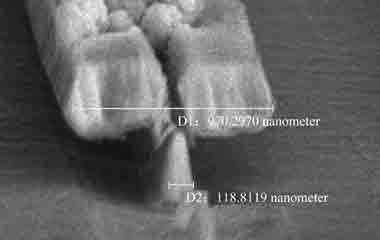 Researchers based in China have developed 120nm III-V high-electron-mobility transistors (HEMTs) with millimeter-wave broadband and satellite communication applications in mind.
Researchers based in China have developed 120nm III-V high-electron-mobility transistors (HEMTs) with millimeter-wave broadband and satellite communication applications in mind.
Aug 4th, 2010
Read more
COST, the European Cooperation in Science and Technology, invites researchers throughout Europe to submit proposals for research networks and use this unique opportunity to exchange knowledge and to embark on new European perspectives.
Aug 4th, 2010
Read more
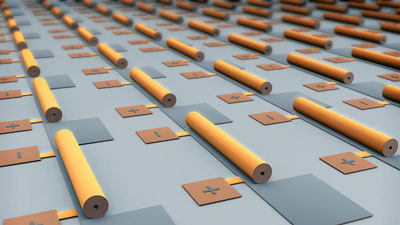 Viel Power auf kleinstem Raum: Forschergruppe der TU Chemnitz und des Leibniz-Instituts fuer Festkoerper- und Werkstoffforschung Dresden entwickelt ultra-kompakte Energiespeicher.
Viel Power auf kleinstem Raum: Forschergruppe der TU Chemnitz und des Leibniz-Instituts fuer Festkoerper- und Werkstoffforschung Dresden entwickelt ultra-kompakte Energiespeicher.
Aug 4th, 2010
Read more
Not that many companies claim they can turn a kilo of collagen from discarded hoki skins into a fibre that could reach all the way to the Sun. Auckland-based nano-technology start-up company Revolution Fibre does.
Aug 4th, 2010
Read more
The new material, known as Nano Adaptive Hybrid Fabric (NAHF-X), is nicknamed 'fuzzy fiber' for its multiscale capabilities in electrical and thermal conductivity, chemical sensing and energy storage and conversion.
Aug 4th, 2010
Read more
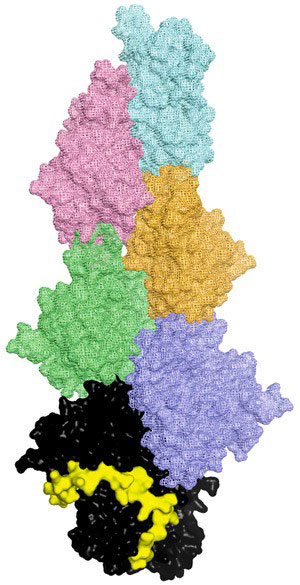 An analysis of capping protein interactions provides insight into how cells move.
An analysis of capping protein interactions provides insight into how cells move.
Aug 4th, 2010
Read more
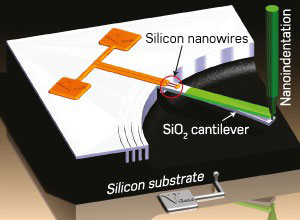 An applied electric field can increase the sensitivity of nanoscale pressure sensors by a factor of 100.
An applied electric field can increase the sensitivity of nanoscale pressure sensors by a factor of 100.
Aug 4th, 2010
Read more
Call it the anti-sunscreen. That's more or less the description of what many solar energy researchers would like to find - light-catching substances that could be added to photovoltaic materials in order to convert more of the sun's energy into carbon-free electricity.
Aug 3rd, 2010
Read more
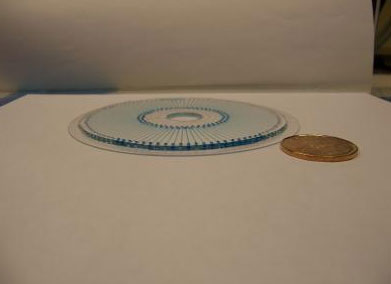 Researchers have combined DNA microarrays with microfluidic devices, which are used for the precise control of liquids at the nanoscale.
Researchers have combined DNA microarrays with microfluidic devices, which are used for the precise control of liquids at the nanoscale.
Aug 3rd, 2010
Read more
Scientists at the University of Toronto in Canada have shown that inexpensive nickel can work just as well as gold for one of the critical electrical contacts that gather the electrical current produced by their colloidal quantum dot solar cells.
Aug 3rd, 2010
Read more
An octopus-like polymer can 'walk' along the wall of a narrow channel as it is pushed through by a solvent.
Aug 3rd, 2010
Read more
Researchers from the Max Planck Institute of Biophysics in Frankfurt, and Mount Sinai School of Medicine in New York have provided the first atomic-level glimpse of the proton-driven motor from a major group of ATP synthases, enzymes that are central to cellular energy conversion.
Aug 3rd, 2010
Read more
 Team led by Pitt physics and astronomy professor Jeremy Levy to resolve the major challenges to creating computers more powerful and efficient than all the world's existing computers with five-year US Department of Defense MURI award.
Team led by Pitt physics and astronomy professor Jeremy Levy to resolve the major challenges to creating computers more powerful and efficient than all the world's existing computers with five-year US Department of Defense MURI award.
Aug 3rd, 2010
Read more
Physicists recently developed a new theoretical model to explain how the Pauli exclusion principle can be violated and how, under certain rare conditions, more than one electron can simultaneously occupy the same quantum state.
Aug 3rd, 2010
Read more
Scientists hoping to understand how cells work may get a boost from a new technique to tag and image proteins within living mammalian cells.
Aug 3rd, 2010
Read more







 Subscribe to our Nanotechnology News feed
Subscribe to our Nanotechnology News feed